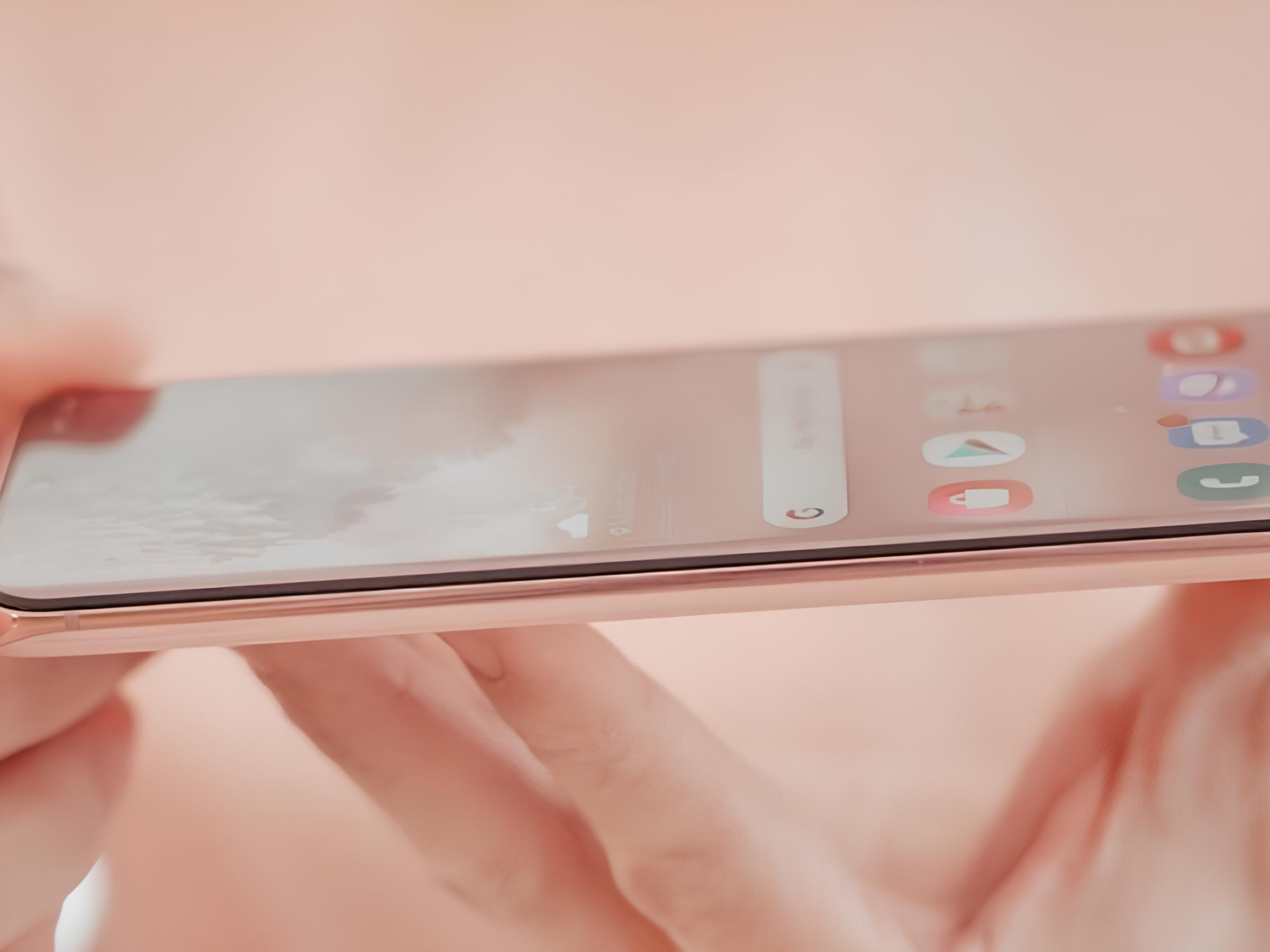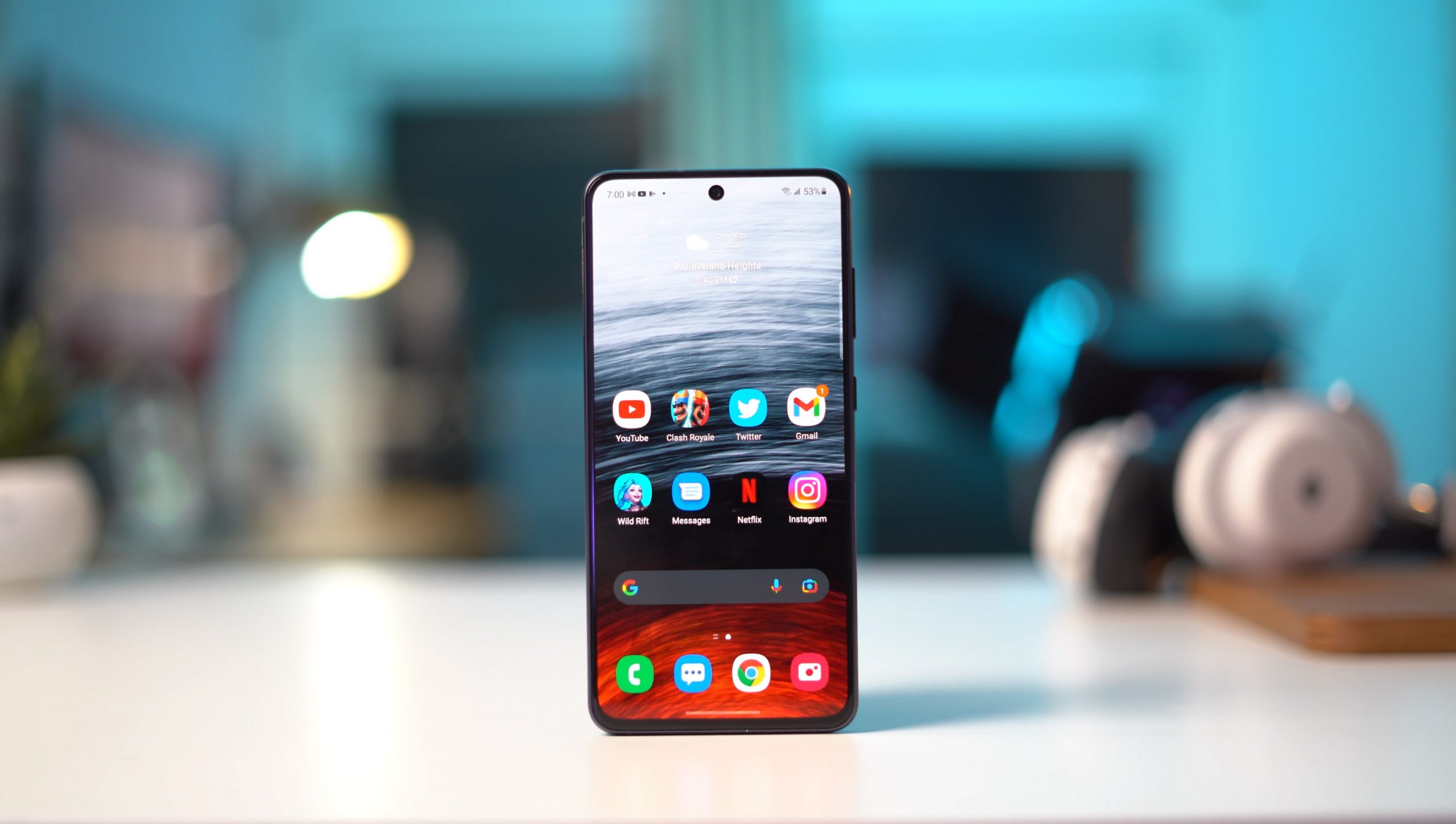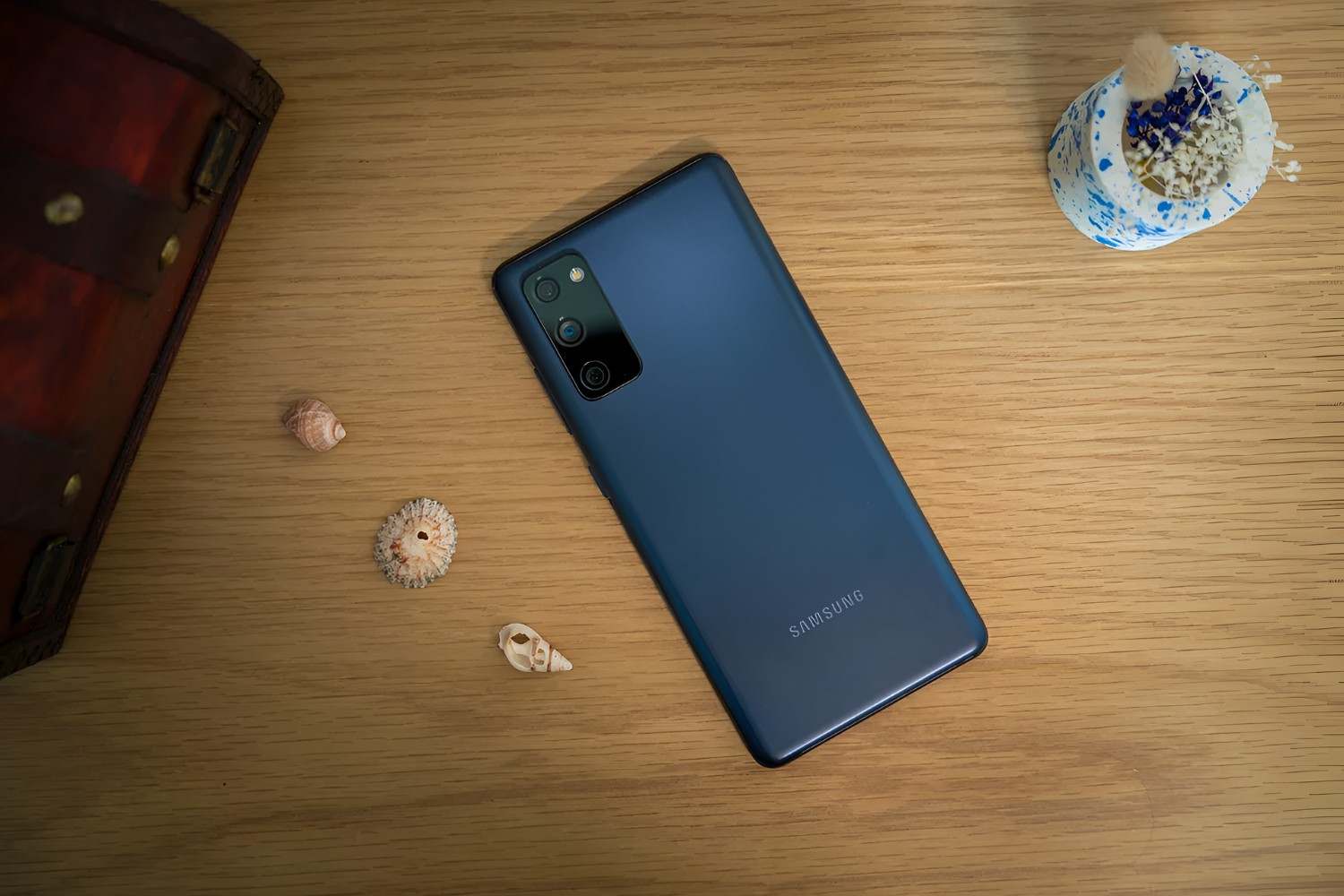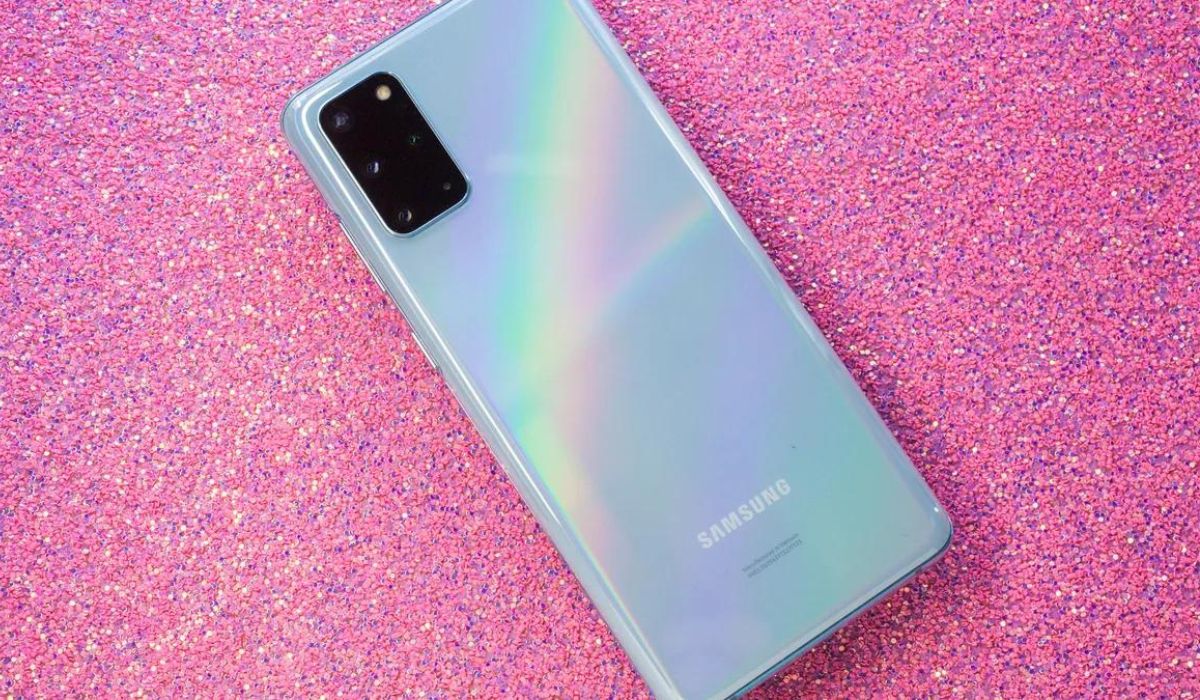Introduction
The Samsung S20 FE is a remarkable device, offering a plethora of features and capabilities that cater to the diverse needs of modern smartphone users. However, despite its impressive performance, some users have encountered a common issue: overheating. This problem can be frustrating and disruptive, impacting the overall user experience and potentially causing long-term damage to the device if not addressed promptly.
In this article, we will delve into the various factors that contribute to overheating in the Samsung S20 FE, providing valuable insights into the root causes of this issue. Furthermore, we will explore practical tips and effective solutions to prevent and resolve overheating problems, empowering users to optimize their device's performance and safeguard it against potential damage.
By gaining a comprehensive understanding of the underlying reasons for overheating and implementing proactive measures to mitigate this issue, Samsung S20 FE users can enjoy a seamless and uninterrupted mobile experience. Let's embark on this insightful journey to uncover the nuances of overheating and equip ourselves with the knowledge to address this prevalent concern effectively.
Common Causes of Overheating
The Samsung S20 FE, like many other high-performance smartphones, is susceptible to overheating due to various factors. Understanding the common causes of overheating is crucial for users to identify potential triggers and take proactive measures to mitigate this issue. Here are the primary factors contributing to overheating in the Samsung S20 FE:
-
Intensive Usage: Engaging in resource-intensive activities such as gaming, video streaming, or prolonged camera usage can significantly strain the device's CPU and GPU, leading to increased heat generation. The demanding nature of these tasks can push the device to its limits, causing it to heat up rapidly.
-
Environmental Factors: Exposure to high ambient temperatures, direct sunlight, or other heat sources can elevate the operating temperature of the device. Additionally, using the device in non-ventilated or confined spaces can impede heat dissipation, exacerbating the overheating issue.
-
Software and Firmware Issues: Outdated software, firmware glitches, or incompatible third-party applications can disrupt the device's thermal management system, leading to inefficient heat dissipation and increased thermal load on the device components.
-
Charging and Power Consumption: Overcharging the device or using incompatible or faulty chargers can lead to excessive heat generation during the charging process. Moreover, running power-hungry applications while the device is charging can intensify heat buildup.
-
Hardware Limitations: In some cases, hardware components such as the processor or battery may exhibit inefficiencies or defects, leading to abnormal heat generation during regular usage.
By recognizing these common causes of overheating, Samsung S20 FE users can adopt proactive strategies to mitigate this issue and preserve the device's optimal performance and longevity. In the subsequent sections, we will explore practical tips and effective solutions to address and prevent overheating, empowering users to optimize their mobile experience and safeguard their devices against potential damage.
Tips to Prevent Overheating
Preventing overheating in the Samsung S20 FE involves adopting proactive measures that optimize the device's thermal management and mitigate potential triggers. By implementing the following tips, users can effectively safeguard their devices against overheating, ensuring a seamless and uninterrupted mobile experience.
-
Optimize App Usage: Limiting the simultaneous use of resource-intensive applications can alleviate the strain on the device's CPU and GPU, thereby reducing heat generation. Closing unused apps running in the background and avoiding prolonged gaming or video streaming sessions can contribute to maintaining a balanced thermal profile.
-
Monitor Ambient Temperature: Being mindful of the environmental conditions in which the device is used is crucial. Avoid exposing the device to direct sunlight, high ambient temperatures, or confined spaces with limited ventilation. Additionally, using the device in cooler environments can aid in heat dissipation and prevent excessive thermal buildup.
-
Update Software and Firmware: Ensuring that the device's software and firmware are up to date is essential for optimizing thermal management. Manufacturers often release updates that include performance enhancements and thermal regulation improvements, addressing potential overheating issues. Regularly checking for and installing system updates can help maintain the device's thermal efficiency.
-
Use Compatible Chargers: Utilizing the original charger provided by the manufacturer or certified third-party chargers compatible with the Samsung S20 FE is imperative. Incompatible or faulty chargers can lead to inefficient charging processes, resulting in excessive heat generation. Additionally, avoiding the use of the device while it is charging can mitigate heat buildup.
-
Battery Care: Practicing prudent battery management can contribute to preventing overheating. Avoiding overcharging the device and unplugging it once fully charged can minimize unnecessary heat generation. Furthermore, refraining from using power-hungry applications while the device is charging can alleviate thermal stress on the battery and internal components.
-
Enable Power-Saving Modes: Leveraging the device's power-saving modes can optimize performance and reduce heat generation during prolonged usage. These modes typically adjust the device's performance profile, screen brightness, and background processes to conserve energy and mitigate thermal load.
-
Regular Maintenance: Periodically cleaning the device's external vents and ensuring that they are unobstructed can facilitate efficient heat dissipation. Additionally, inspecting the device for any physical damage or abnormalities can aid in identifying potential hardware-related issues contributing to overheating.
By incorporating these proactive tips into their device usage habits, Samsung S20 FE users can effectively prevent overheating and optimize the device's thermal performance. These practical strategies empower users to maintain a balanced thermal profile, ensuring a smooth and reliable mobile experience while preserving the device's longevity and functionality.
Solutions for Overheating Issues
Addressing overheating issues in the Samsung S20 FE requires a systematic approach that encompasses both proactive measures and targeted solutions to mitigate the root causes of this prevalent concern. By implementing the following solutions, users can effectively manage and resolve overheating problems, ensuring optimal performance and longevity of their devices.
1. Performance Optimization:
- Thermal Management Apps: Utilize reputable thermal management applications available on the Google Play Store to monitor and regulate the device's thermal profile. These apps offer real-time insights into temperature levels and enable users to adjust performance settings to mitigate overheating.
2. Software and Firmware Updates:
- System Updates: Regularly check for and install software and firmware updates provided by Samsung. These updates often include performance enhancements and thermal regulation improvements, addressing underlying software-related issues contributing to overheating.
3. App Management:
- Background App Control: Utilize the device's built-in features to monitor and control background applications. By restricting unnecessary background processes and optimizing app usage, users can alleviate the strain on the device's CPU and GPU, reducing heat generation.
4. Cooling Accessories:
- External Cooling Pads: Consider using external cooling pads or fans designed for smartphones to dissipate heat during intensive usage. These accessories can effectively lower the device's temperature, especially during prolonged gaming or multimedia activities.
5. Battery Optimization:
- Battery Health Monitoring: Leverage the device's battery health monitoring features to ensure optimal battery performance. By maintaining the battery's health and efficiency, users can prevent excessive heat generation during charging and regular usage.
6. Professional Assessment:
- Manufacturer Support: If the overheating issue persists despite proactive measures, seek assistance from Samsung's customer support or authorized service centers. Professional assessment and diagnostics can identify underlying hardware-related issues and facilitate appropriate repairs or replacements.
By integrating these targeted solutions into their device management practices, Samsung S20 FE users can effectively address and resolve overheating issues, ensuring a seamless and reliable mobile experience. These solutions empower users to proactively manage thermal concerns and optimize the device's performance while safeguarding it against potential damage.
The implementation of these solutions not only mitigates overheating but also contributes to the overall well-being of the Samsung S20 FE, enhancing its reliability and longevity. With a proactive and systematic approach to addressing overheating concerns, users can maximize the potential of their devices and enjoy a consistently optimal mobile experience.
Conclusion
In conclusion, addressing overheating issues on the Samsung S20 FE is essential for optimizing the device's performance and ensuring a reliable mobile experience. By understanding the common causes of overheating, implementing proactive tips to prevent thermal stress, and leveraging targeted solutions to resolve this concern, users can effectively safeguard their devices against potential damage and enjoy uninterrupted usage.
The Samsung S20 FE, renowned for its impressive features and capabilities, can deliver a seamless mobile experience when thermal concerns are managed effectively. By optimizing app usage, monitoring ambient temperatures, and staying vigilant about software and firmware updates, users can proactively mitigate overheating triggers and maintain a balanced thermal profile.
Furthermore, the utilization of compatible chargers, prudent battery management, and the enablement of power-saving modes can significantly contribute to preventing excessive heat generation. These proactive measures not only enhance the device's thermal efficiency but also promote sustainable usage practices, prolonging the device's longevity.
In instances where overheating persists, the implementation of targeted solutions such as thermal management apps, software and firmware updates, and professional assessments from manufacturer support can effectively address and resolve this concern. These solutions empower users to take a systematic approach to managing overheating issues, ensuring optimal performance and reliability of their Samsung S20 FE devices.
By integrating these insights and strategies into their device management practices, Samsung S20 FE users can navigate the nuances of overheating with confidence, optimizing their devices for a consistently exceptional mobile experience. Through a combination of proactive measures, targeted solutions, and a comprehensive understanding of thermal management, users can mitigate overheating concerns and unlock the full potential of their Samsung S20 FE devices.
In essence, by addressing overheating issues effectively, users can elevate their mobile experience, preserve the device's functionality, and embark on a seamless technological journey with their Samsung S20 FE devices. With a proactive and informed approach to thermal management, users can embrace the full spectrum of possibilities offered by their devices, free from the disruptions of overheating concerns.

























